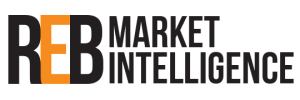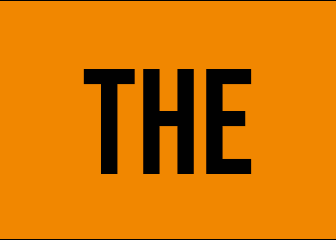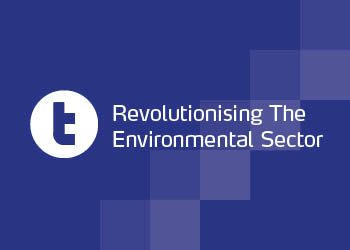October means it is the business end of the year for packaging compliance and the PRN market.
There has been quite a bit of market movement since last month across a number of materials, particularly off the back of the recent set of monthly data, which gives an indication of the quarterly figures which are due to be published in a couple of days.
Once these have been released, producers, schemes and reprocessors will have the final indication for what level of reprocessing will need to happen in Q4 for the UK to meet its obligation, which will have an impact on the market for 2022 and sets up the market for 2023.
There is still a general concern around the level of waste arisings and therefore PRN generation as household spending has reduced over the last quarter, which is accentuated due to uncertainty around government support for households and businesses.
However, there will be a recovery in household spending in Q4 due to the Christmas period as well as the prospect of the football World Cup, increasing waste arisings at home, with very few people travelling abroad to watch it.
The recent set of monthly reprocessing data reported a lower than required monthly run rate for plastic. While this is unverified, it does give a good indication of the likely Q3 volumes and the UK position.
As a result of this, plastic prices have been pushed up to ~£315/t, up from £305/t last month. The indicative UK position is that compliance is tight but achievable, with a strong Q4 required and likely less transitional volume available to be carried into 2023.
Reprocessing volumes are higher than they were at the beginning of the year, so the high PRN price is having a positive impact on the reprocessing volumes. However, prices are likely to remain stable in the short term and will more than likely change following the publication of the official Q3 data on the 22nd October.
Paper prices have returned to around the £30/t mark, following a slight dip in the last six weeks to about £20/t. This market movement is not due to an expected shortfall in PRNs for the paper specific obligation but linked to a perceived shortfall in PRNs for the UK general recycling obligation.
Typically, there is a significant surplus of both paper and wood PRNs to meet the general recycling obligation, but due to a decrease in demand for paper the reprocessing volumes are lower this year, leading to a tightening of the general recycling market.
While compliance looks achievable, it will likely come at the expense of carry forward volumes into 2023. One area that could be reviewed by industry to ensure that a correct number of PRNs are generated, is the PRN protocol for mixed papers which is currently set at 34.5%. With changing consumer habits, the household waste stream likely contains a much higher proportion of packaging following the boom of online spending and the decline of newspapers, since the protocol was set in 2017. Initially, it was seen as a short-term impact, due to COVID, but these buying habits have remained and are here to stay.
Glass remelt and glass aggregate PRNs continued to rise in price during the last month, peaking around £210/t and £175/t respectively. However, following the monthly data indicating strong Q3 figures, they have dropped back down slightly to £180/t and £160/t respectively. It may be premature to conclude prices will continue to drop, as a strong Q4 is still required and there will also be demand driven by transitional volume, but the UK may be passed the peak price for glass PRNs. As suggested last month, the World Cup and its potential impact on drinks consumption in glass bottles and aluminium cans, we should see higher volumes of reprocessing during Q4.
Both aluminium and steel have had a similar profile in Q3, with prices rising drastically. The monthly figures suggest both have had strong Q3, which should help level off prices and put downward pressure on them. Over the last week aluminium has dropped from a peak of £225/t to ~£150/t recently. Steel has remained stable around £80/t, not experiencing decreases in price, but also not rising any further.
Wood PRNs over the last month have risen from £20/t to £25/t due to the perceived general recycling shortfall as explained for paper. The wood specific obligation has already been met for wood, so the price is now determined by the demand from general recycling.
James Armitage is commercial operations analyst at Valpak













